Our Story
The St. Peter’s Church building we see today represents a permanent successor to the earlier “Tin Church” built by James Lee in 1889 situated next door. In 1892 the Tin church was extended to serve the growing community. Work commenced on building the present stone church in the autumn of 1910 with the first ceremonial stone being turned on November 10th 1910. Work on building the new church continued throughout 1911 and the first quarter of 1912 and on the 26th April 1912, the Bishop of Peterborough consecrated the new church.
A souvenir calendar in 1912 shows an architectural sketch of the church. The drawing includes the Lady Chapel. However, the Lady Chapel was not built in 1912 as planned as insufficient funds were available and it wasn’t until 1958 that work started on the Lady Chapel and was completed in 1962.
The first world war memorial was designed by Weatherley and consists of a triptych with the names of the fallen and the inner sides of the doors with panels depicting Saint George and Saint Michael.
St. Peter’s is a Grade II listed building and the listed building description includes a final section called “Summary of Importance”. We have quoted this below:
“This is a carefully designed church which is built of the unusual purple granite of Mountsorrel. The imposing line of the nave and chancel is augmented by the aisles, Lady Chapel and vestry. The interior is lofty and spacious with the nave arcades and passage aisles adding to the grandeur of the building. The good quality contemporary fittings survive with stained glass of the first half of the 20th century and the church is remarkably intact.
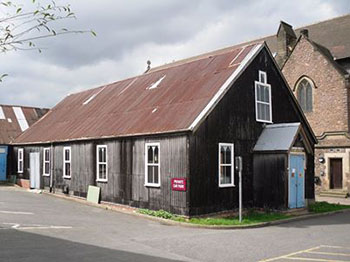
The St. Peter's Church building we see today represents a permanent successor to the earlier "Tin Church" built by James Lee situated next door.
Work commenced on building the present stone church in the autumn of 1910 with the first ceremonial stone being turned on November 10th 1910. Work on building the new church continued throughout 1911 and the first quarter of 1912 and on the 26th April 1912, the Bishop of Peterborough consecrated the new church.
A souvenir calendar in 1912 shows an architectural sketch of the church. The drawing includes the Lady Chapel. However, the Lady Chapel was not built in 1912 as planned as insufficient funds were available.
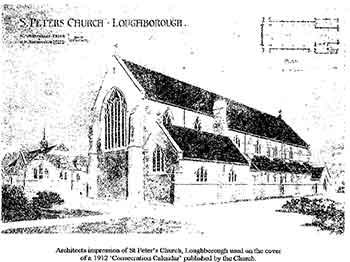
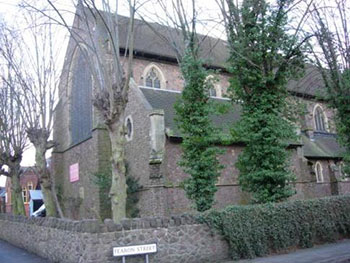
Work started on the Lady Chapel and was completed in 1962.
St. Peter’s church becomes officially redundant.
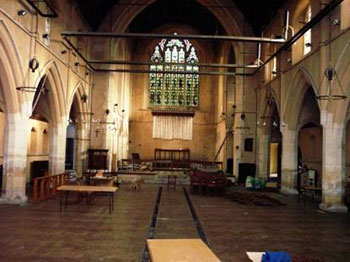

Churches were invited to submit applications for St Peter’s. Open Heaven and Elim who had been working together for several years decided to submit a joint proposal where both churches would share the building.
Our joint proposal is accepted. The architect, Logos Designs gets to work and planning permission is submitted.
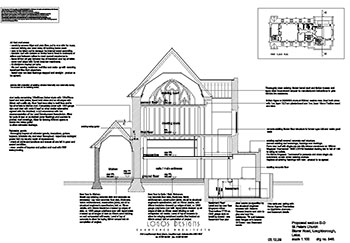
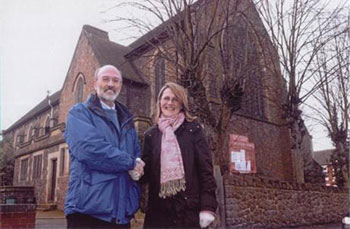
Planning permission is granted and the sale of the building is complete and at last we are given the keys to the building!!
A long and hard cost saving process begins as we amend some of the original plans to bring the project into budget. We appoint Lindums BMS (Lincoln) to carry out the building work.
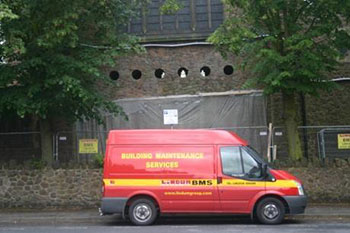
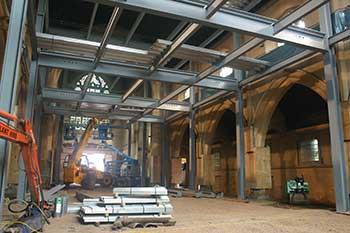
Finally work starts! Hooray.
A time capsule is discovered which was buried in 1911. The sealed glass jar, contained an order of service, a deanery magazine and other documents. It revealed there were around 700 children at the Sunday school.
Check out the story on the BBC website.
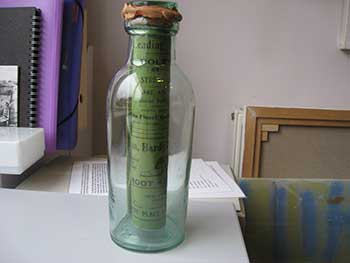
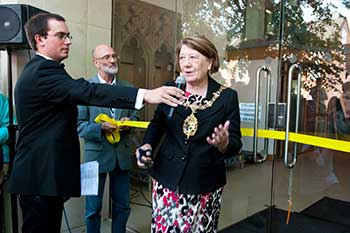
Work is finally finished and the Mayor officially opens The St. Peter's Centre during our well attended community festival event called "House Warming". We want to say a huge thank you to our patient and visionary architect and also a huge thank you to Lindums BMS (Lincoln) who've done a great job turning the vision into reality.
